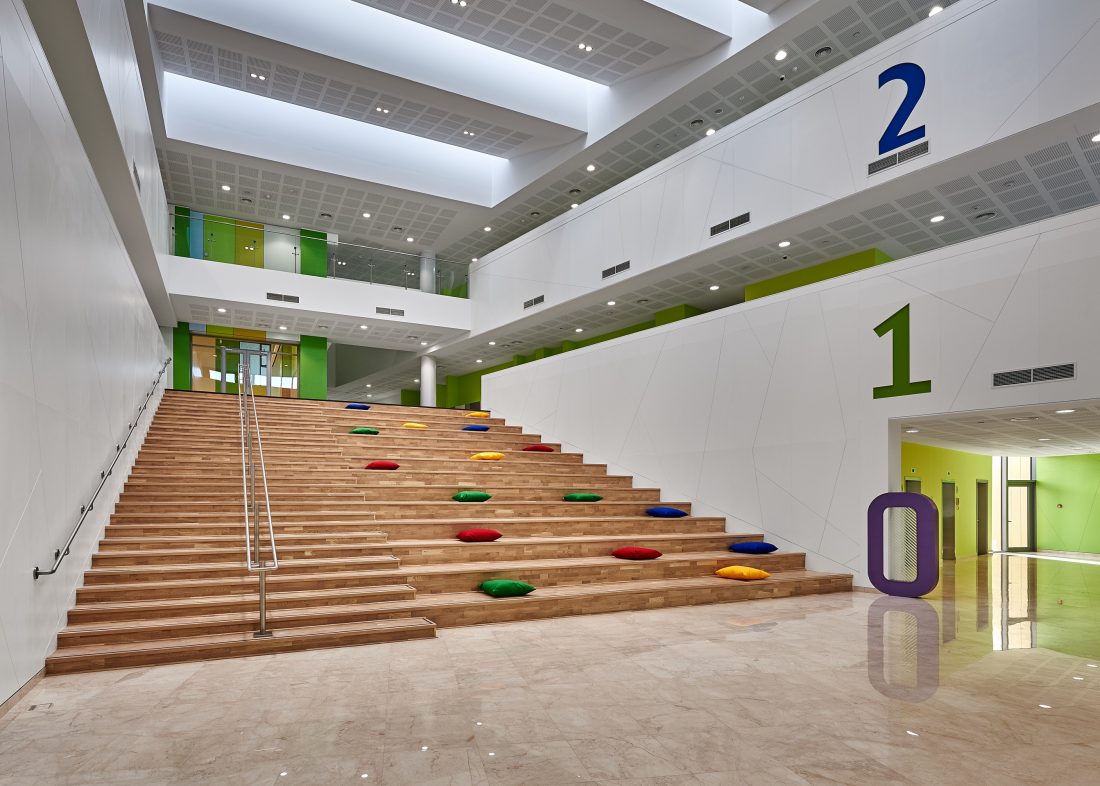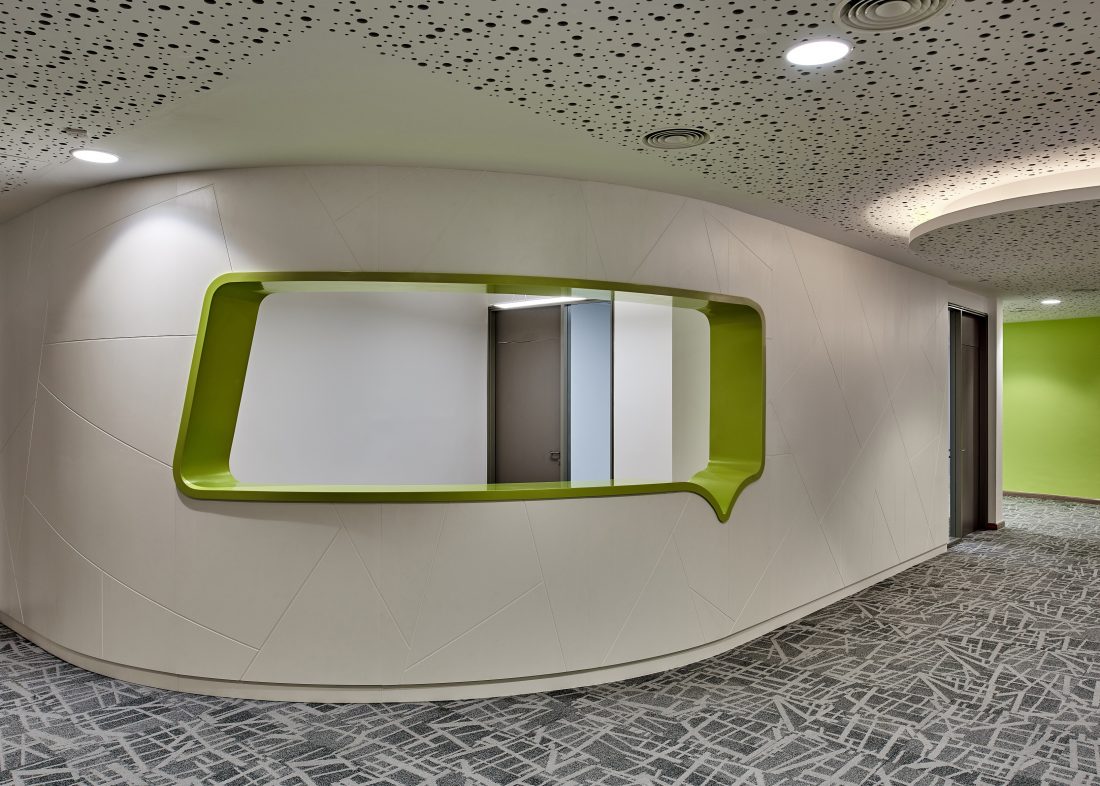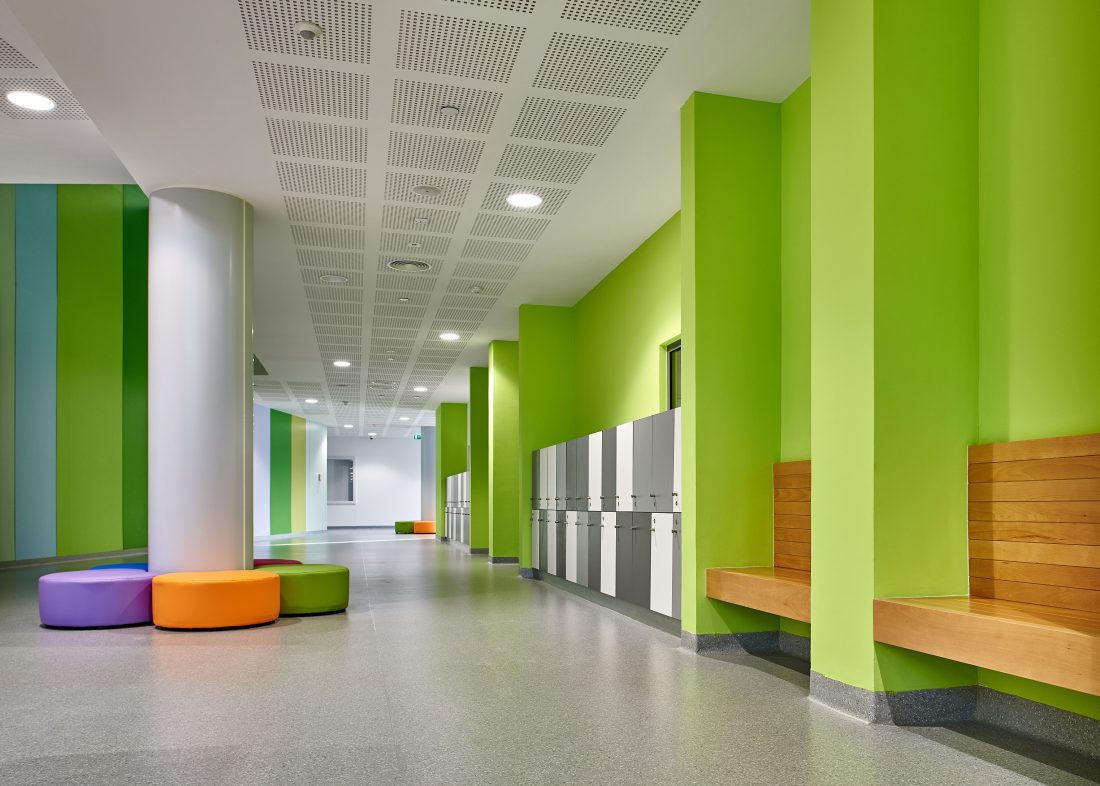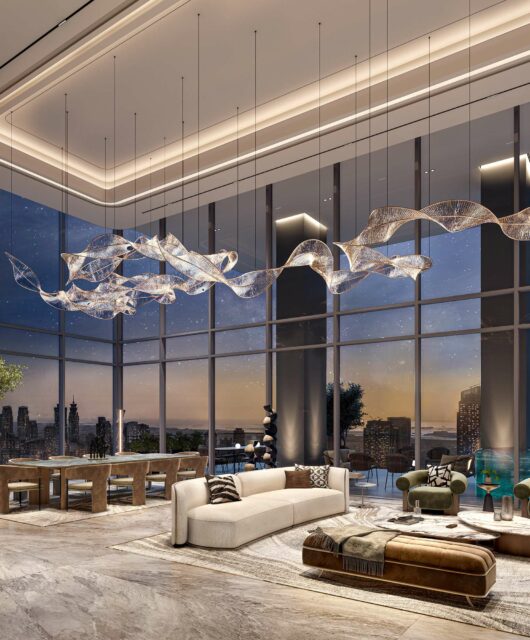Enhacing the student’s experience through designs

Jason Burnside, partner at Godwin Austen Johnson talks about his project, Emirates International School-Jumeirah in Dubai and how important it was for him to blend his design vision with institution’s education philosophy
Designs are changing and are touching every aspect of our lives. From malls, offices, healthcare, hospitality sector, to now education institutions. It’s great to see how academic institutions are welcoming the modern flavours in designs, structures, colours, and architecture and owning them in a personalised manner. School and colleges are incorporating something that is modern, functional, and would sustain for a long period of time. One such modern D example of contemporary design and practical approach in Dubai is the Emirates International School-Jumeirah (EIS–Jumeirah) by architecture and design firm Godwin Austen Johnson (GAJ). As one enters the Emirates International School— Jumeirah, visitors encounter the first key spaces of the main entrance, reception area, and central atrium. These spaces represent the standard of the school, communicating the ethos of EIS–Jumeirah and its aim for excellence.
Design philosophy
Jason Burnside, partner at GAJ, emphasises the importance of a good design. Burnside says: “A well-designed building will generally have a positive impact on the end users and hopefully, this enhances the learning experience in the case of schools. What we have noticed in the schools, where the students and teachers are proud of their facilities is a greater sense of community when you speak to both them and the parents.” Burnside further believes in preserving resources through smart designs. He says: “Where possible, we always aim to adopt a low-technology ecological approach to our designs by optimising natural light through careful orientation. In general, we achieve a 30% reduction in power consumption over standard schools in the region.”

The relevance of open space
Key areas such as the main atrium, reception, corridors, breakout spaces, and the main library with their natural yet invigorating colour palette, engaging furniture, interactive features and incorporated technology nurture the students’ education and growth as well as communicate activities throughout the school as a whole. Burnside says: “With the Emirates International School, we wanted to create an efficient, open, and an airy junior school with a unique sense of place. For us creating open spaces is a critical part of how we approach the design of education projects. The spaces outside of the traditional classroom now need to be much more flexible than ever before and with advances in technology, students and teachers use these space for everything from breakout learning to impromptu drama sessions.”

Focus on design
The interior concept for the EIS–Jumeirah draws from the richness of global education paired with the sense of a vibrant community and cultural highlights. The concept encompasses the differences shared between the students, the academic staff as well as the wider community. Everything is so perfectly planned and logically worked out. The reception counter adjacent to the lobby entry area creates a welcoming and immediate contact point for all visitors while the adjoining corridor spaces and atrium staircase support clear and strong wayfinding elements to classrooms. The lobby area comprises elements that inspire to engage and socialise: multifunctional soft seating that is of hospitality-quality, furniture in natural materials, large sculptural features, bright wall graphics, and a large LCD information screen. The design of the classroom spaces provide a stimulating atmosphere that fosters interaction and triggers active learning. Further flexibility is provided through an easy transition between classrooms and adjacent support spaces, which provide various sensory features. Space encourages a range of experiences with multiple levels of challenge for different ages and abilities, bookshelves of various heights and shapes, child-sized tables and chairs, various playful and flexible elements such as modular soft seating, reading nooks and showcase displays to acknowledge the school community’s achievements.

Technology to enhance student learning
Through age-appropriate features, such as child-height displays, interactive play walls and chalkboards, a stimulating atmosphere is created along with elements incorporated into the corridor spaces that invite the opportunity to engage with the environment as well as with other students. Technological features such as internet access and an LCD screen will additionally stimulate intellectual, the academic, and social inspiration of the students. Burnside shares his take on technology, “Generally the new technologies in our current designs are there to supplement the traditional methods of teaching and not replace it. In our standard classrooms interactive white and overhead projectors are being replaced with standard white boards and smart TV’s, which connect with the students’, own devices.”

The challenging part!
Burnside had his shares of challenges working towards this project which completed in 2016 but he trumped them all. He concludes: “We faced a number of challenges on this project; it was an existing school campus with limited space for the new development which had to be completed in one year from approval of the concept. Combined with this, we had to keep the school operational throughout the construction process, which meant working around the day-today school activities.”
Clearly, there’s an obvious connection between the design of a learning institution and student development. Design firms like GAJ in the region are creating dynamic and interactive student spaces to meet, learn, and study.







